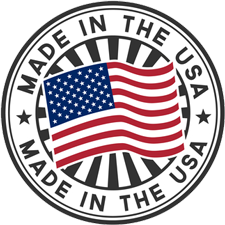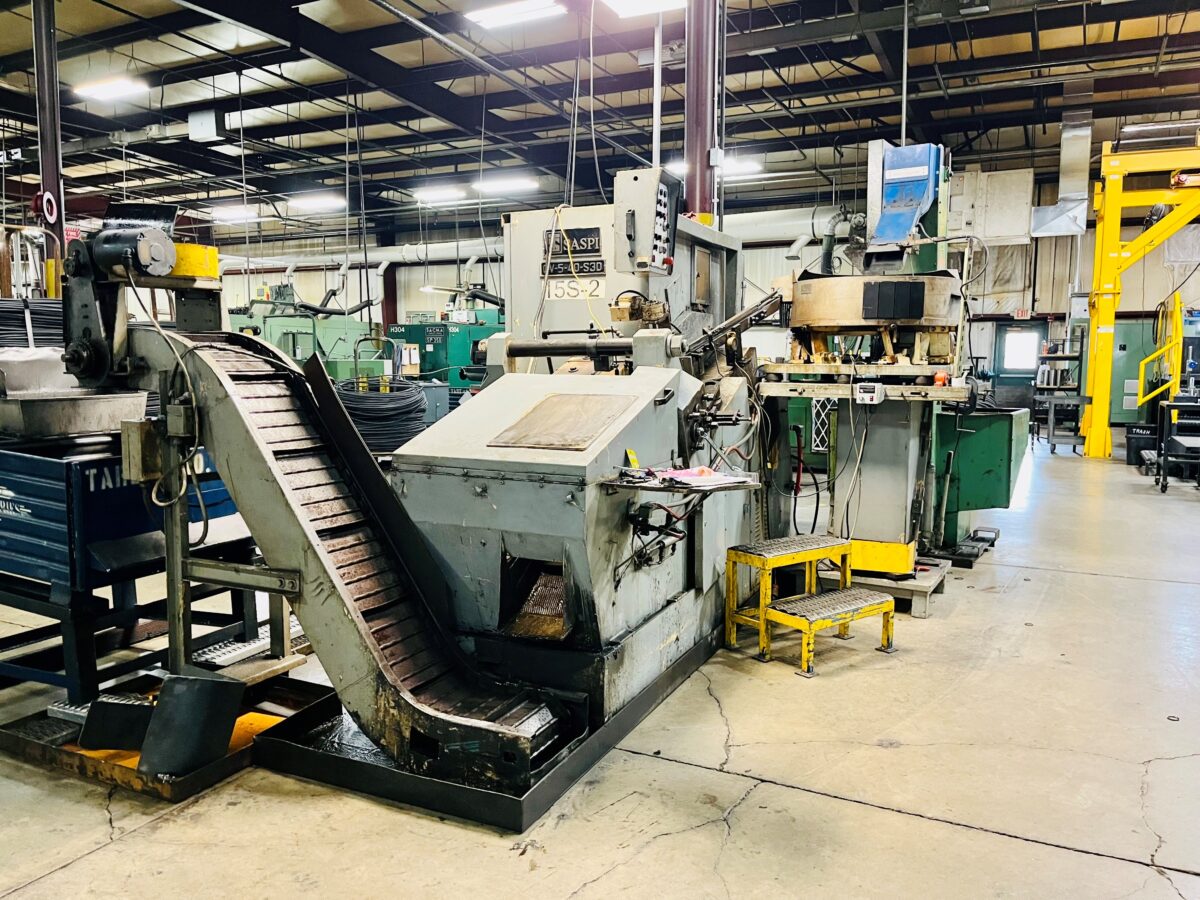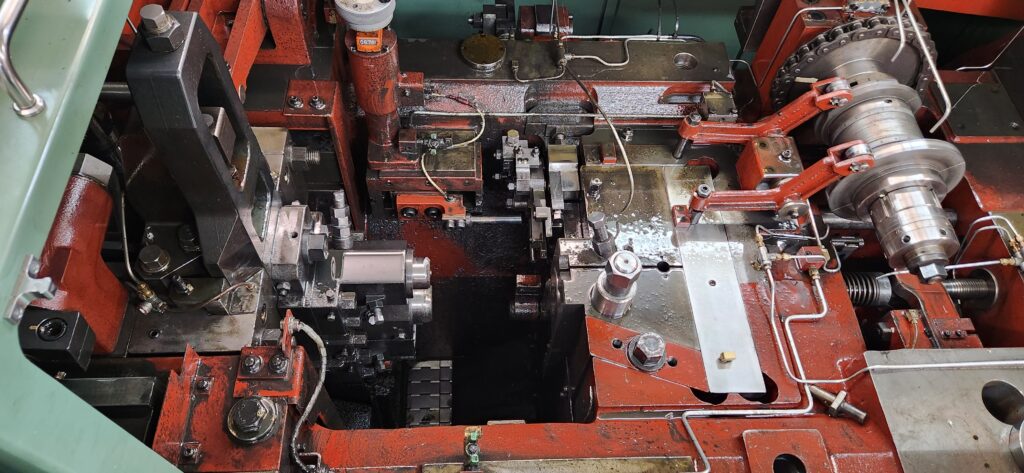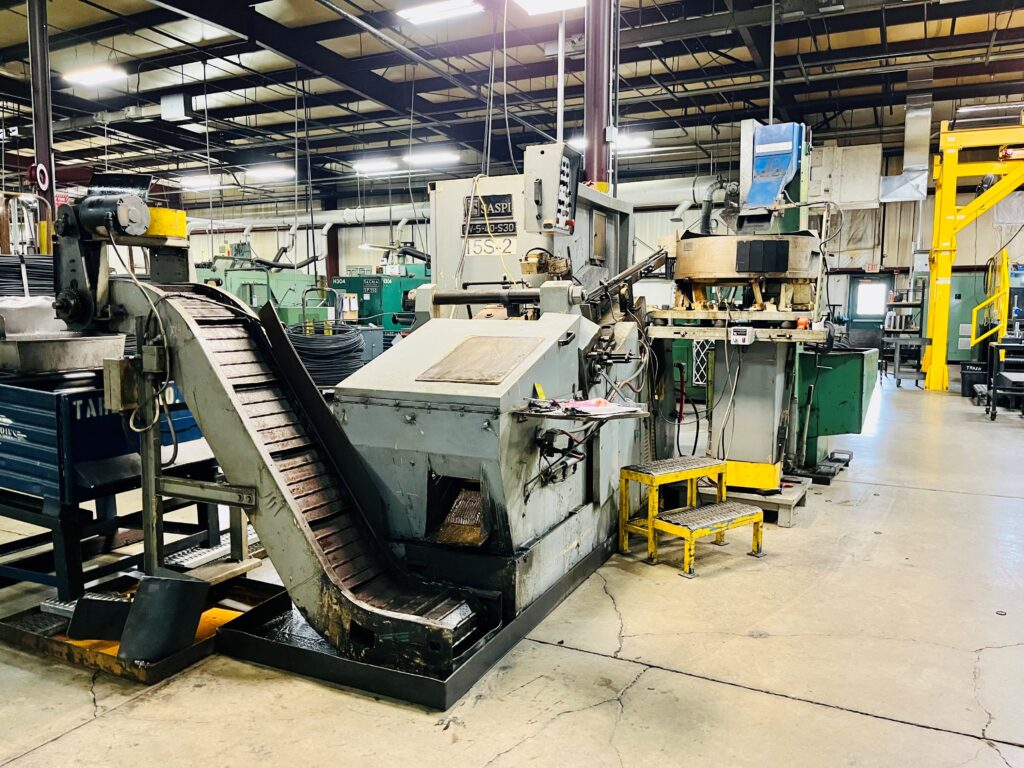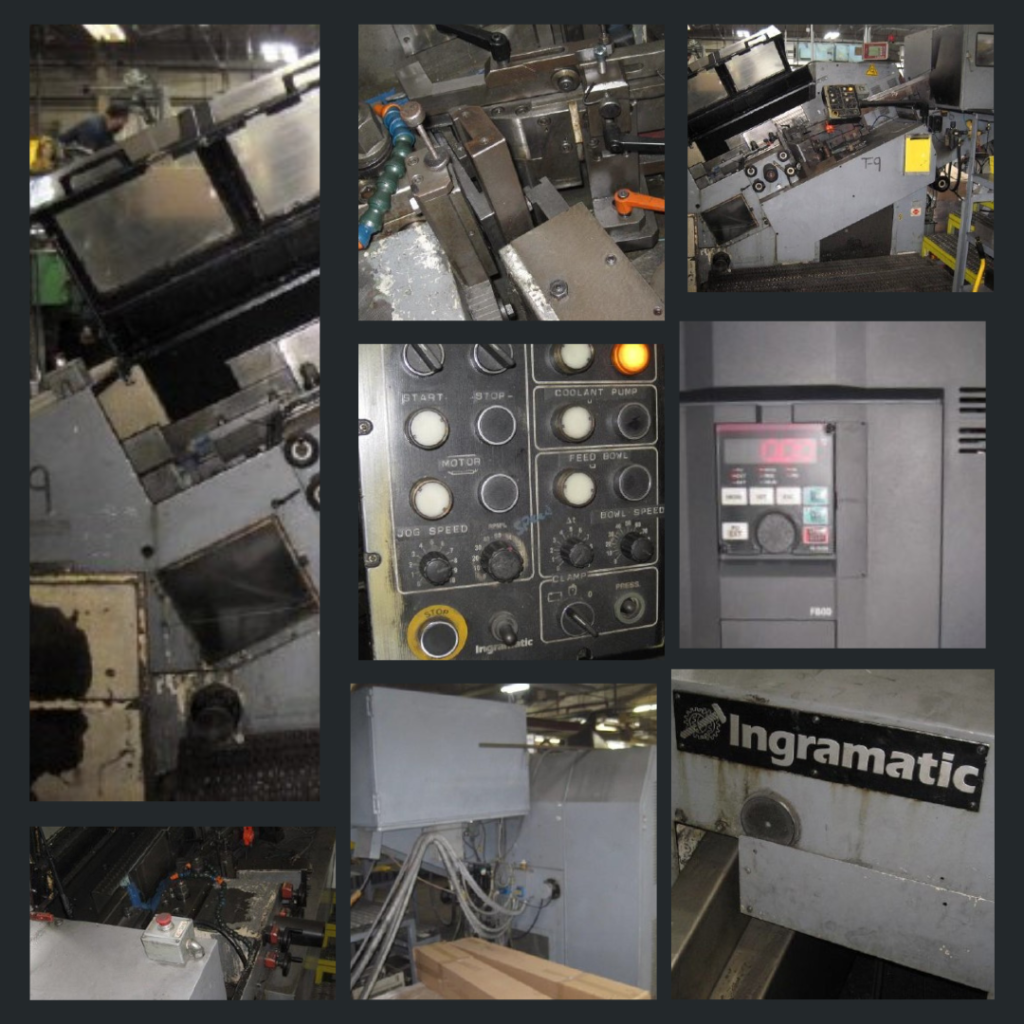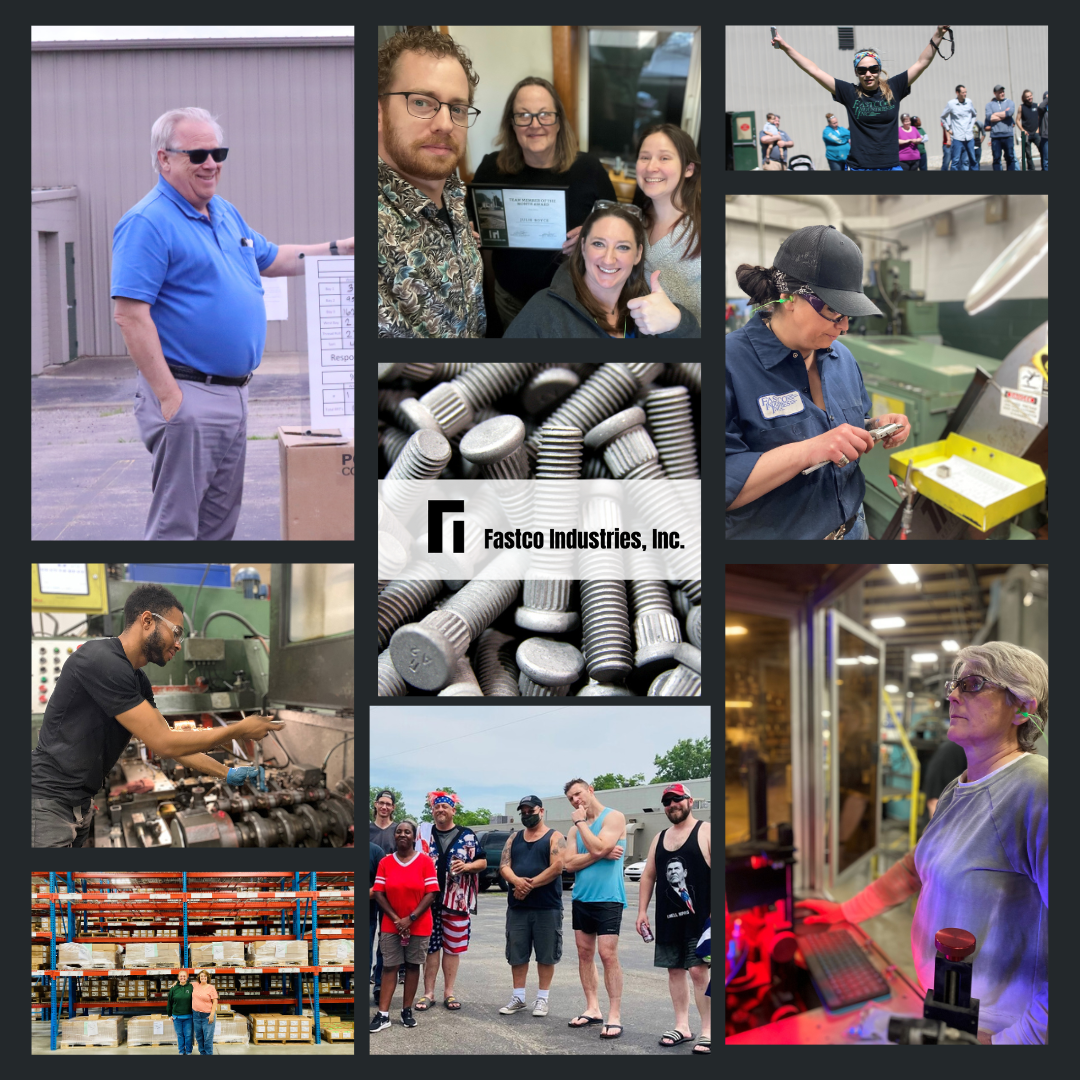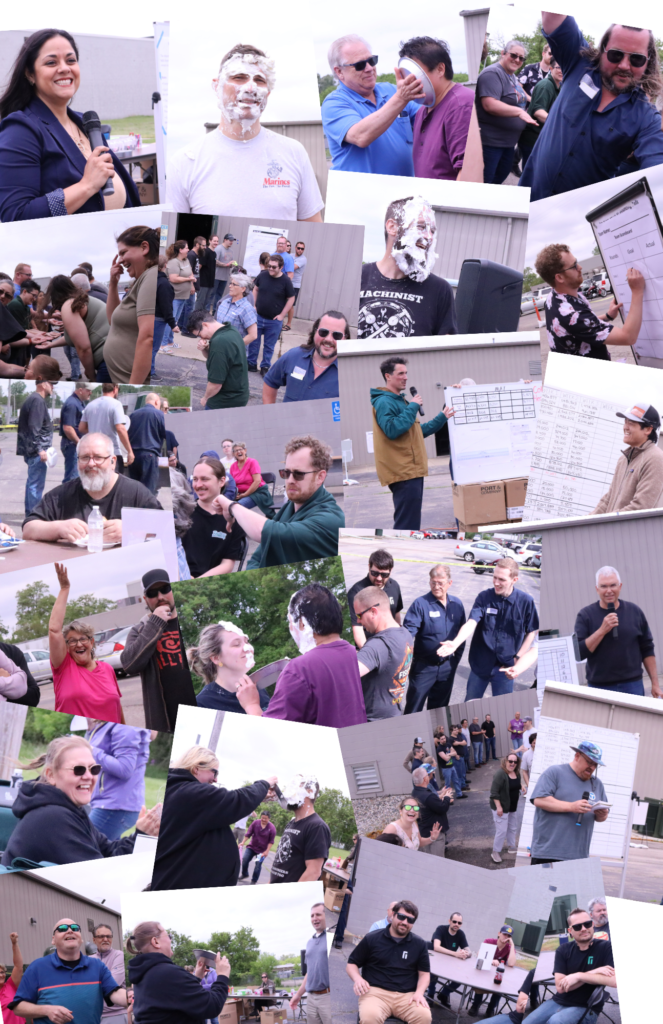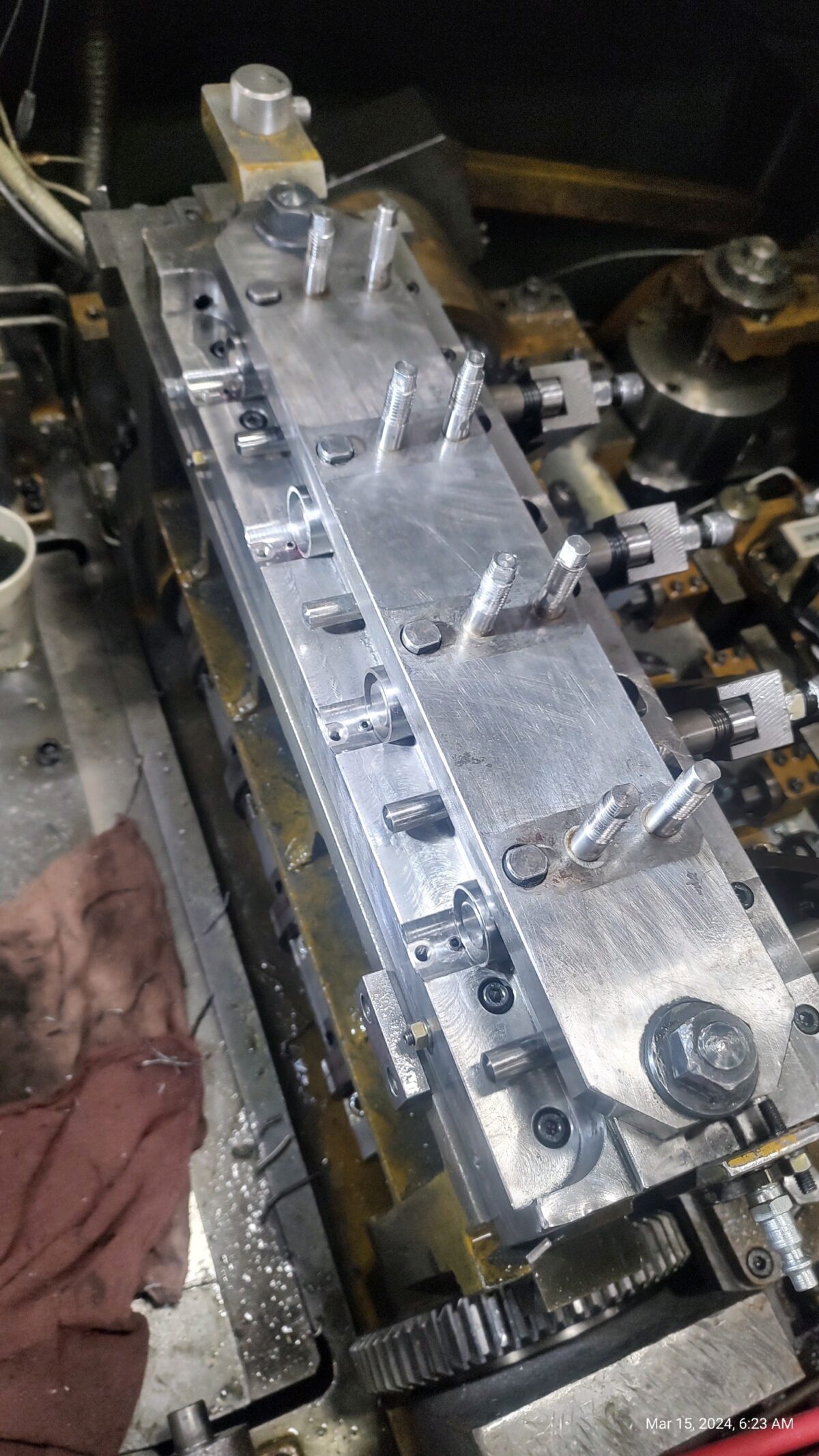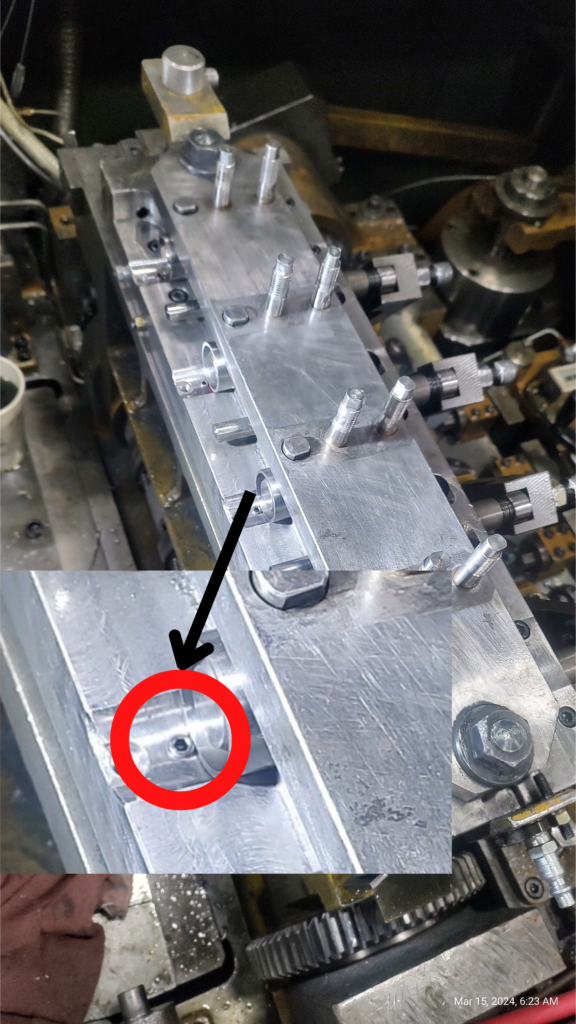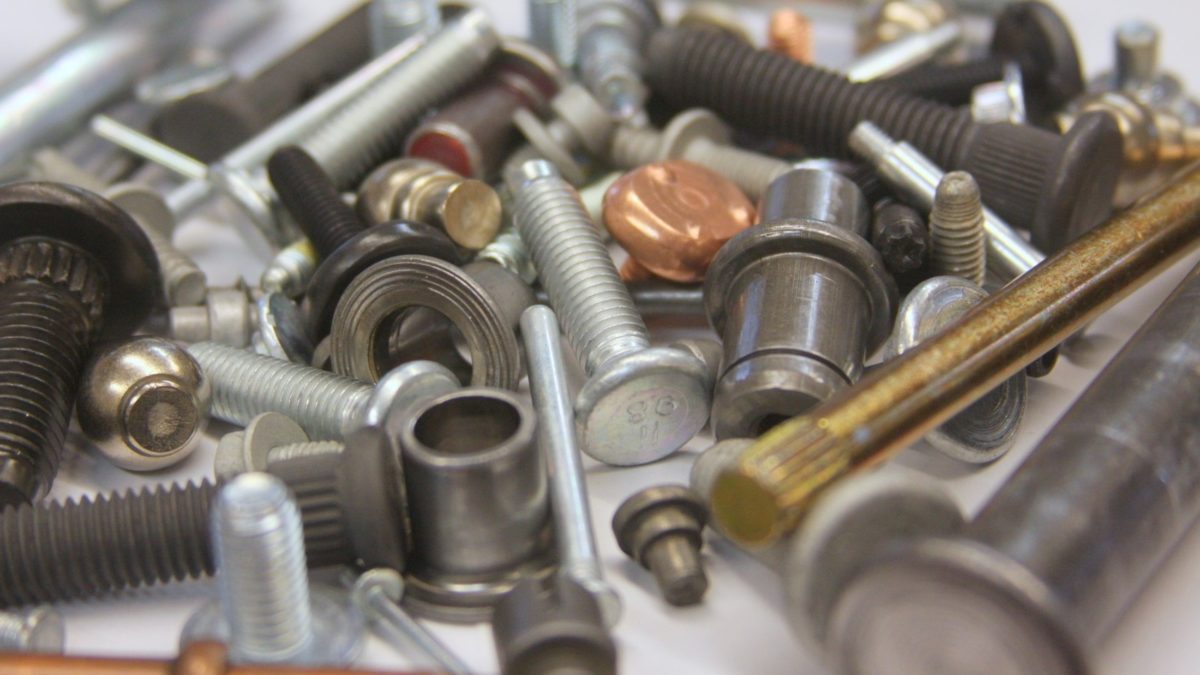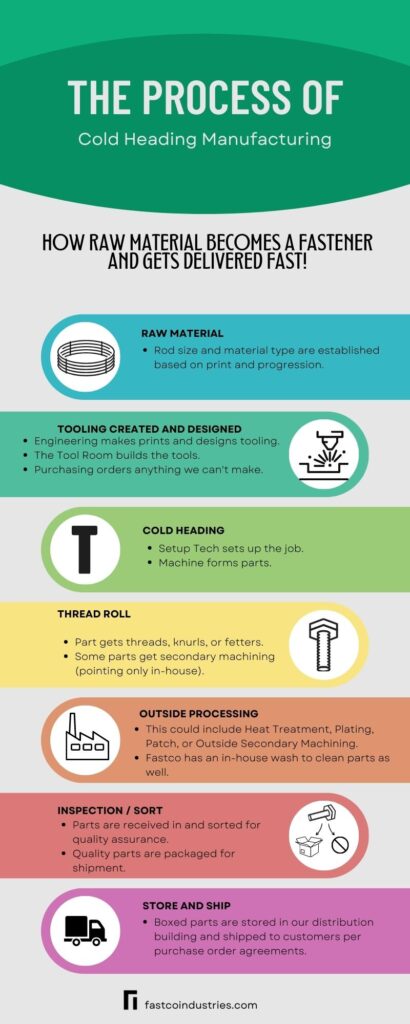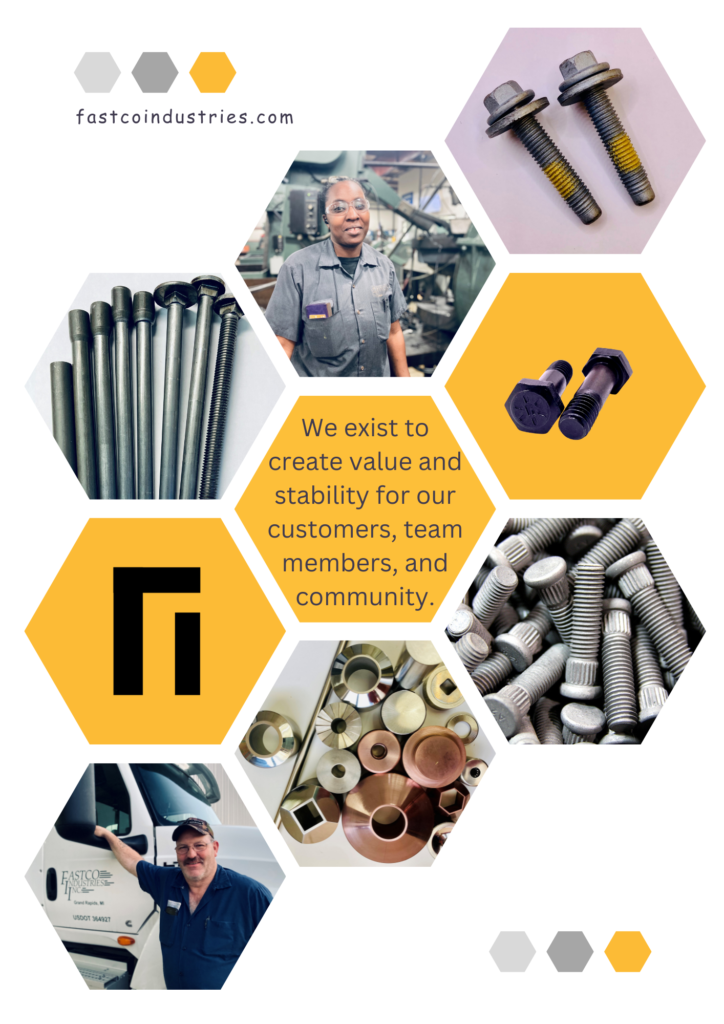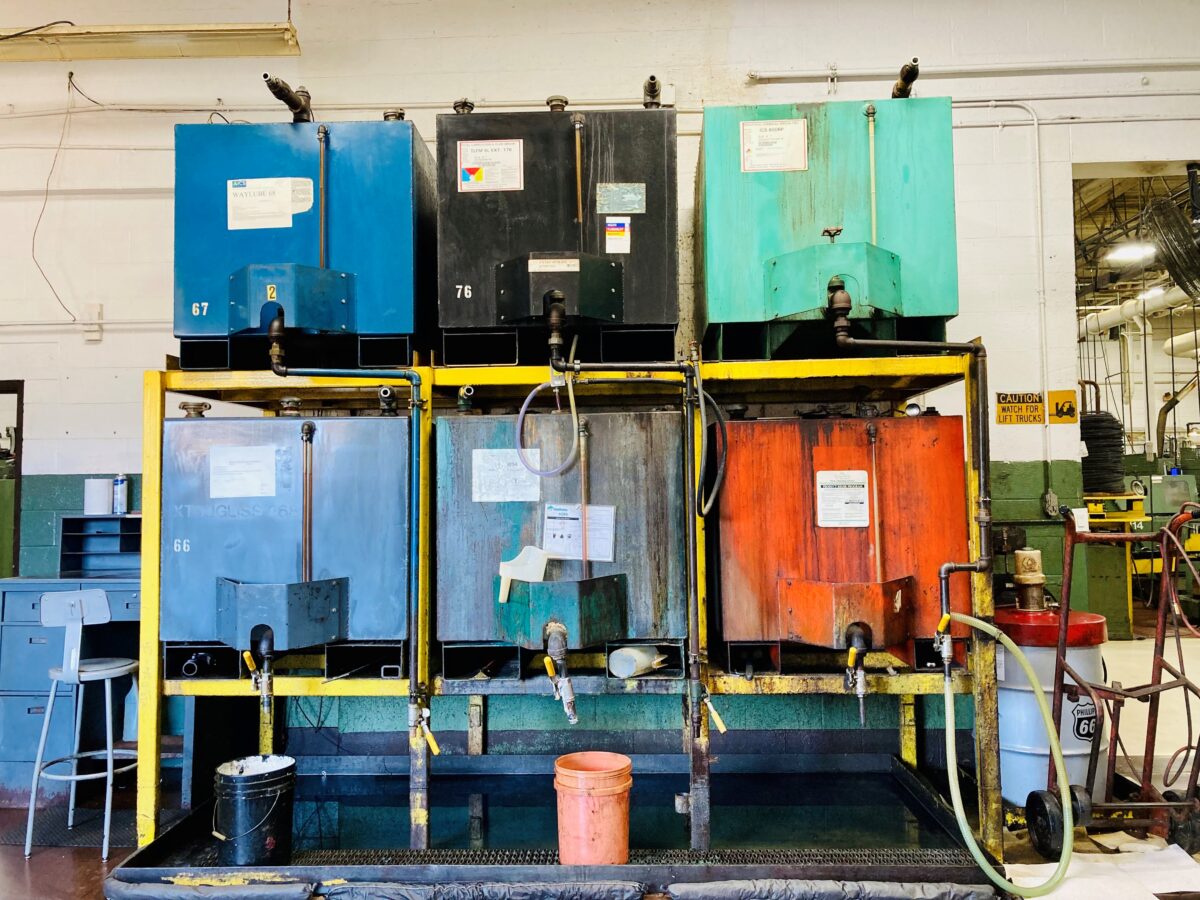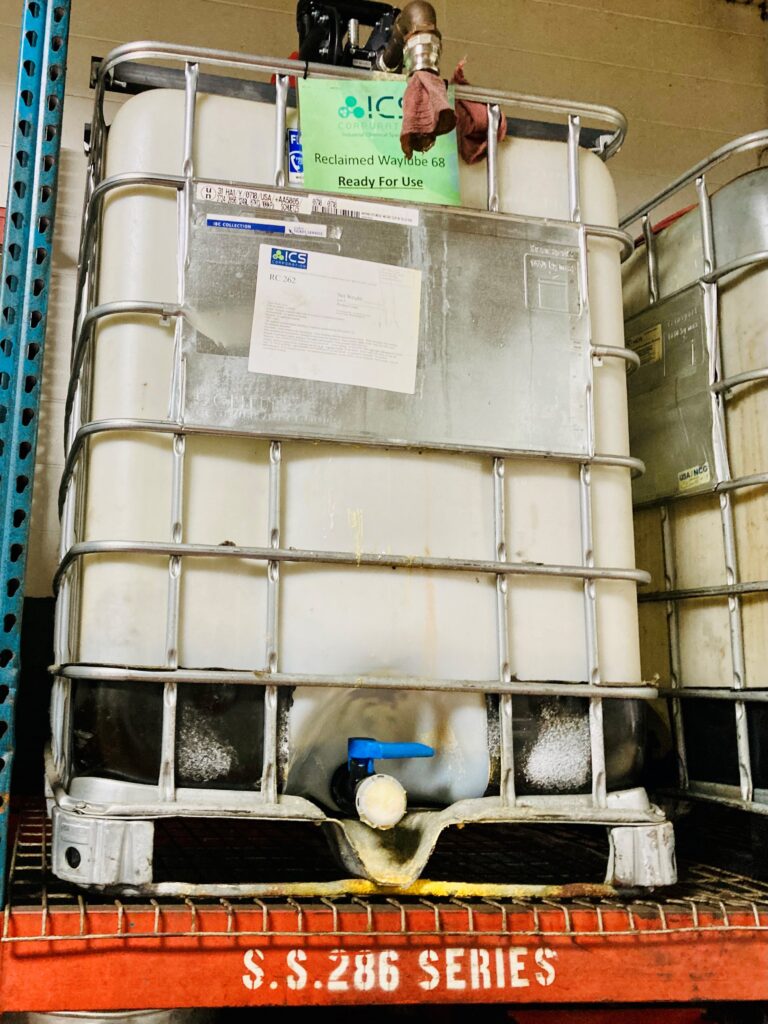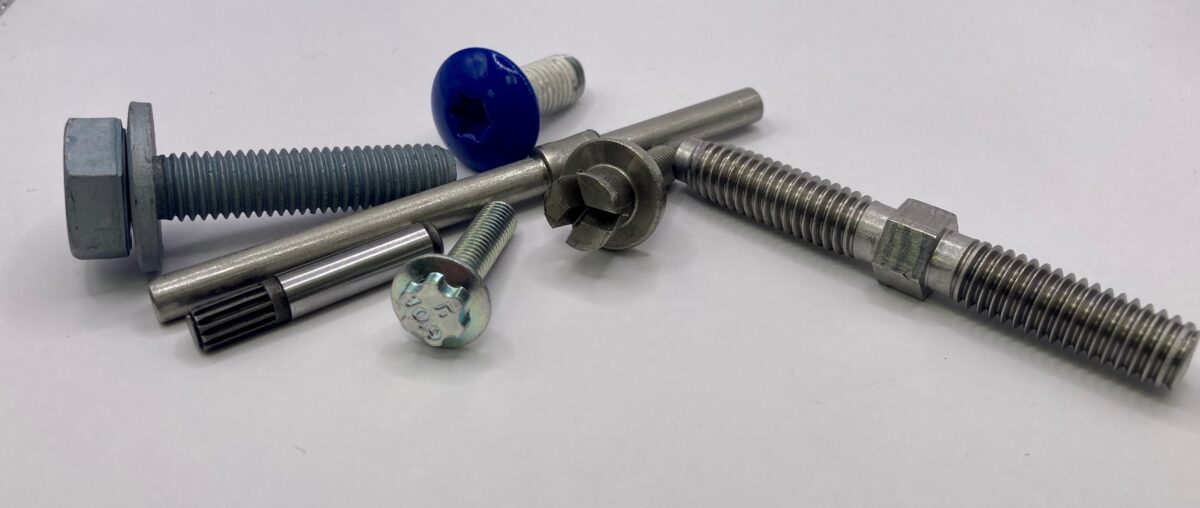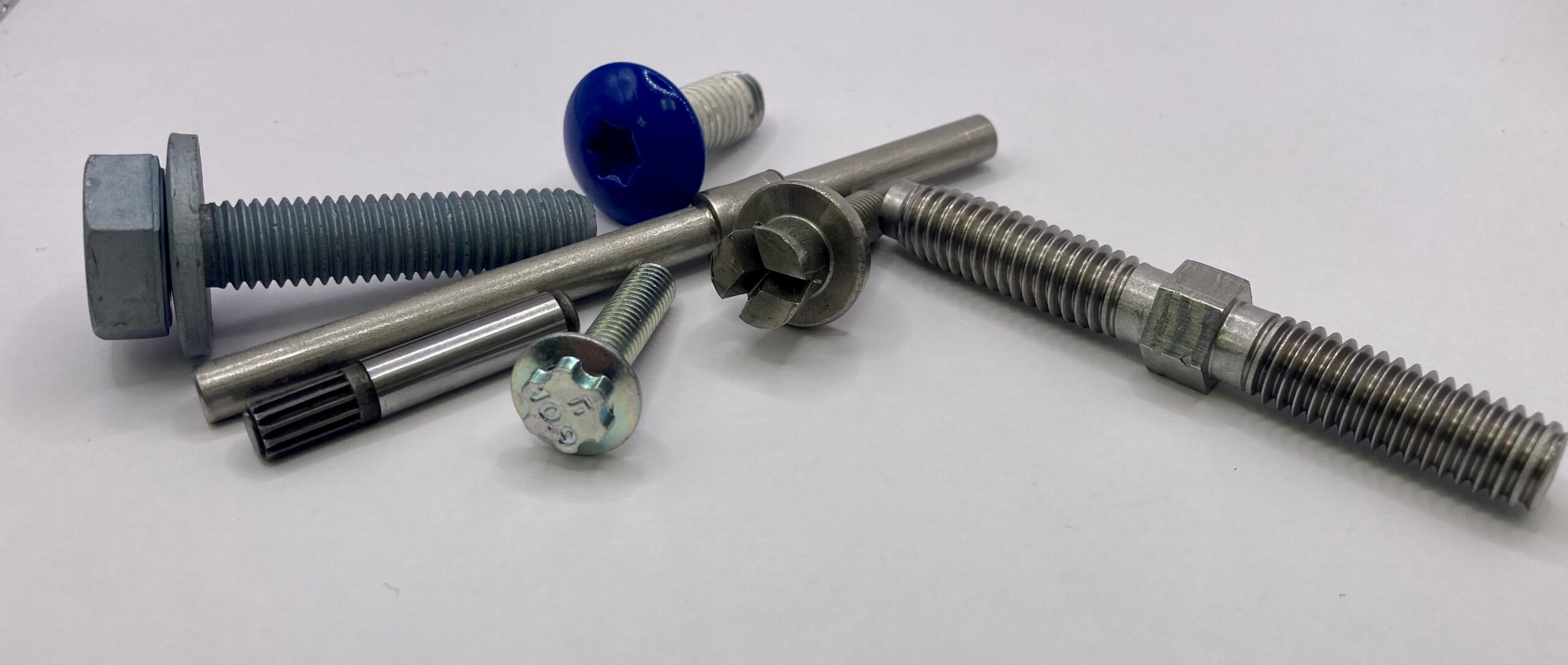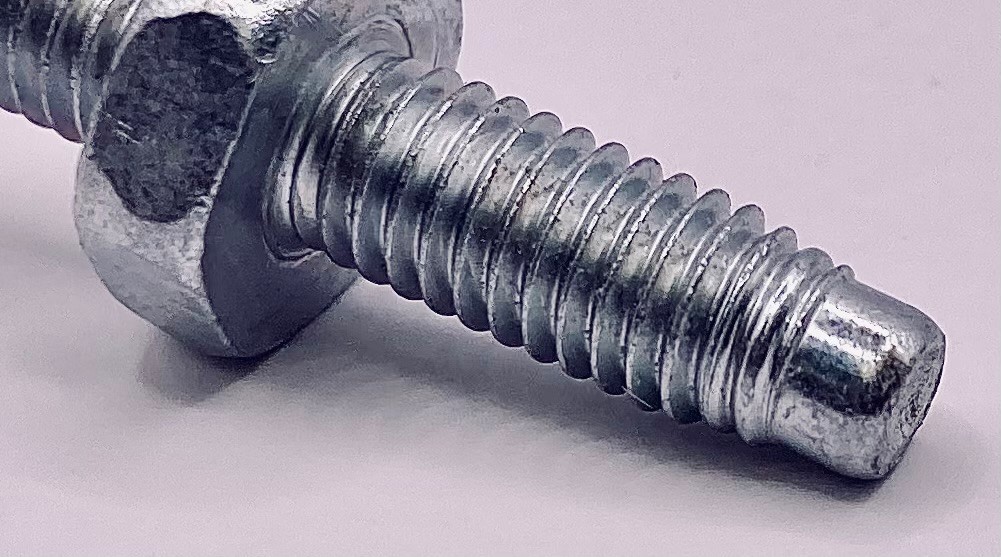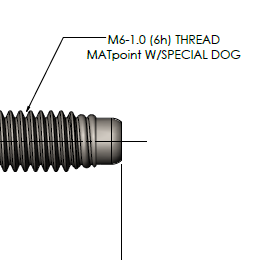How To Run This Business
My dad and I had a close, but often contentious relationship. He had a much different idea on how to run a business than I did. Part of this was the result of his life experience, experience that made him much more “hands-on” than I was. Back in the early days of Fastco, my dad and his partner Steve Frantz pretty much did everything on their own. If they did not do it, it was not because they couldn’t do it, it was because they finally hired some people to do other things. From his early days to his last active days at Fastco, team members always knew who was in charge: Arv.
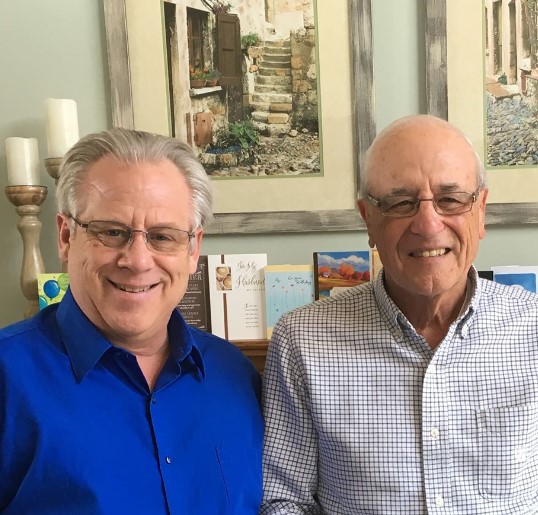
I’ve been at Fastco nearly as long as my dad, hand-feeding parts into machines at the tender age of 13, doing a lot a different jobs (including fair amount of goofing off and creating mayhem). I was back and forth between Fastco and school for several years. I came back for good in 1996. My dad and I frequently clashed over how to run a business. He was devoted to a hands on-approach. He’d been successful. Why deviate from success? I wanted a less centralized approach with more emphasis on delegation and consensus decision making. In some cases, we did not have some of the right people in key places, so things never seemed to work out the way I envisioned. He would often challenge me with the question, “Show me how you are going to run this business?”
My journey to find a different approach was frustrated by key events that made it difficult to stay the course and be consistent. From the so-called “Great Recession of 2008-2010” to the Covid-19 pandemic, I have had to deal with a lot of uncertainty and disruption in my tenure as President and CEO.
The Great Game of Business
During the pandemic years, I became familiar with Jack Stack’s The Great Game of Business. I read it and subsequently read a companion book entitled Get in the Game. Both intrigued me. I tried to familiarize the management team with these materials and concepts, and I (we) made a couple of attempts to implement GGOB principles at Fastco. We began attending the GGOB conference in 2021. The team that went in 2023 came back with a lot of enthusiasm for the Great Game, and it was quickly decided that we needed to hire a coach. After a team was assembled to evaluate GGOB coaches, the decision to hire Alia Stowers was made.
After hiring Alia things quickly took off. We have scoreboards, departmental huddles, various committees like the Culture Crew, and, of course, the crown jewel—the weekly company huddle. We’ve just begun to play the GGOB. There is much more to do. Having said that, though, I must say how incredibly proud I am of each and every member of Team Fastco. They have indeed risen to the challenge and have proven that they can play the Great Game.
Looking Back, Looking Forward
We did our first official company huddle the week before Memorial Day this year. If my dad had been able to attend our first huddle, I would have said to him, “this is how I want to run the business.” My dad, however, passed on April 29, 2024 nearly a full month before we implemented our huddle. He was not really focused on Fastco in the last couple of years of his life—something that was very surprising for me. At the same time, had he been able to come back and observe the huddle, I’m sure he would have been very pleased and proud of everyone at Fastco. Would we have convinced him that this was a better way to run the business? I’m not sure, but I know he would have given the matter very serious consideration. That, in and of itself, makes me very proud.
Looking back, I took nearly 25 years figuring things out. I must really be a slow learner. How, however, I am very confident that my team is going to take the ball and run with it. As Jack Stack says, it is easy to stop one person but hard to stop 100. We will keep this in mind as we move forward. We are stronger together than we are individually.
by Bruce Tap, President & CEO


